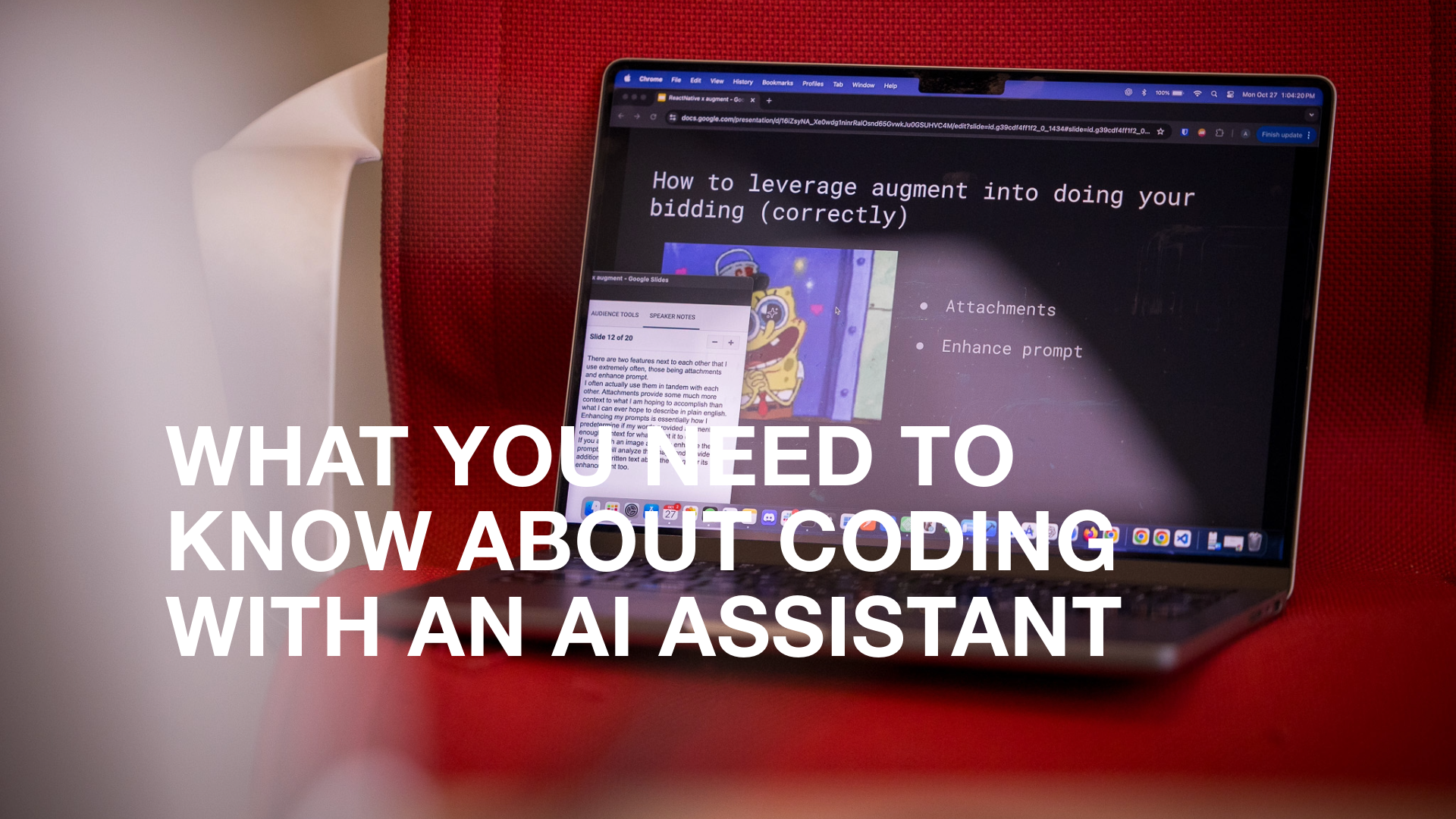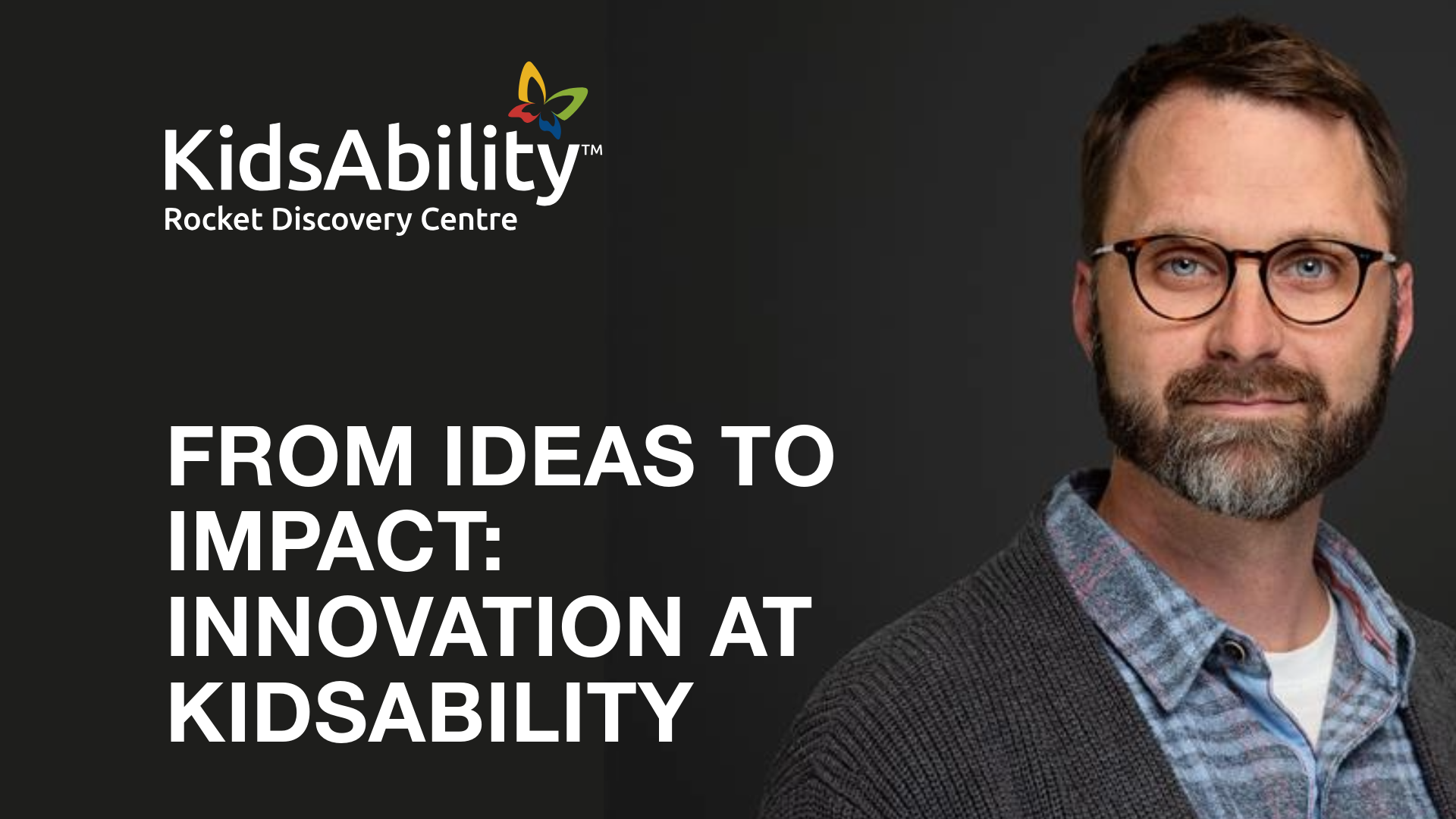Making accessibility a core part of product design, development, and testing isn’t just good for people living with disabilities. It's good for everyone. But despite growing awareness, accessibility often remains an afterthought in web and mobile application development. At BitBakery, we believe user-centric design must include all users—from those with visual or hearing impairments to individuals with mobility challenges.
Accessibility goes beyond product interfaces. Marketing content, branding, and communication also need to be inclusive from day one.
That’s a belief shared by Jolene MacDonald, founder and creative director of Accessibrand, a Kitchener-based agency that specializes in accessible design and inclusive marketing. We spoke with MacDonald about her journey to launching Accessibrand and why she’s making accessibility a foundational part of every project.
From graphic design to accessible design
MacDonald began her design career after graduating from Conestoga College, working with a pharmaceutical ad agency and the City of Kitchener. After starting a family, she launched her own agency, which she ran for 14 years. But a turning point came with the birth of her youngest daughter, who was diagnosed with a rare form of dwarfism.
“All of a sudden, my life was about advocacy. Finding things that worked for her and fighting for her needs at school. It was then that a light bulb went off and I realized we’re not doing anything towards accessibility within design and marketing,” MacDonald said.
She began researching accessible design and talking to clients about what accessibility meant in practice—especially for users with disabilities who struggled with digital experiences.
“One of my clients was with a not for profit that was disability focused. We started to talk about what kind of problems his members had with accessing digital information. A lot of that always comes back down to graphic designers and marketers when we’re creating the project from scratch. It pushed me even more to want to do that within our work,” MacDonald said.
Finding purposeand a new path
That realization led MacDonald to shift her career. She joined an agency that aligned with her mission and later reconnected with Conestoga College through its Venture Lab program. With support from lead mentor Christian Snyder, she launched Accessibrand.
“I had wonderful, amazing opportunities there. I was able to launch Accessibrand, build the team and go from there,” MacDonald said. “Accessibrand is based on myself and my team experiencing it firsthand with how people are affected by disability.”
MacDonald was also diagnosed with Ehlers-Danlos syndrome during this time. With the right treatment and support, she was able to return to work—and grow a business rooted in equity and inclusion.
Building accessible products and teams
Today, Accessibrand helps organizations embed accessibility into their digital presence from day one. Their services include:
- Document remediation: Making PDFs and digital documents accessible to screen readers
- User testing and auditing: Real-world testing to uncover usability issues that automated tools miss
- Accessible branding: Helping organizations design with colour contrast, typography, and readability in mind
“Traditional employers can’t always accommodate disabilities, so we have stepped up to create these opportunities,” MacDonald said.
She also pointed out a common misconception about compliance tools.
“Tools like Lighthouse will say your website is 94% compliant. But could you build a building to 94%? That 6% in the real world could impact someone like our project manager. He uses a scooter due to cerebral palsy. That 6% could make the building inaccessible due to a door being too narrow or a curb too high,” MacDonald said.
Inclusive design starts with empathy
MacDonald shared how small oversights in digital design can create major obstacles for people with impairments.
“He was able to easily get to the right page and found the application, but it was a non-editable PDF image. There’s no live text or fields where you can type anything in—it was meant to be printed and filled out by hand—which he can’t do because he’s blind,” MacDonald said. “This is what we walk clients through. Looking at all of these tasks from how someone with a disability actually interacts with it.”
That empathy-driven approach mirrors how we build at BitBakery. During our design sprints, we work closely with clients to identify and remove barriers—before they reach production.
“Many people think that you can just do your graphic design and then turn it into an accessible document and that makes it accessible. That’s actually not the case. There are lived experiences from our team that we use to help our clients truly understand accessibility,” MacDonald said.
Accessibility is a market advantage
Designing with accessibility in mind isn’t just the right thing to do—it’s also smart business. When products are inclusive, they reach a broader audience and avoid costly rework or compliance issues later.
“When we start talking about the why and the how and the outcome, all of a sudden the client realizes there’s a potential huge market if they make sure that what they’re building works for everybody,” MacDonald said.
To learn more about Accessibrand, visit their website.




